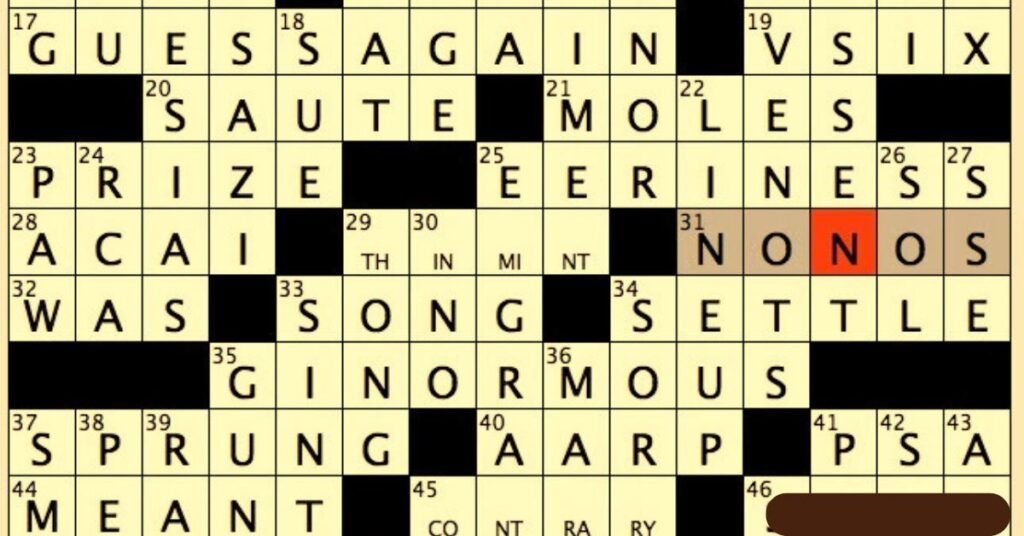In many law enforcement settings, a canine handler plays a crucial role in ensuring public safety and assisting with various types of criminal investigations. The term “canine handler” refers to police officers who are specially trained to work with service dogs, particularly those trained for tasks like detecting drugs, and explosives, and even tracking suspects. The phrase “canine handler nyt crossword” may sound specific, but it represents a broader concept that underscores the importance of this profession within the larger context of law enforcement and criminal investigations. This article explores the significant role of the canine handler in modern policing and how this position is woven into the intricate “game” of law enforcement.
The Historical Roots of Canine Handling
The history of the canine handler can be traced back to ancient civilizations, where dogs were used in various forms of protection, hunting, and communication. However, the more formalized use of dogs in law enforcement began in the early 20th century. In Germany, police forces began training dogs to assist with tracking criminals and protecting officers in dangerous situations. By the time the United States adopted this practice, the “canine handler” profession had evolved into a vital role in police work. Today, the work of a canine handler is more intricate and requires specialized training.
The Responsibilities of a Canine Handler
A canine handler is responsible for the care, training, and management of a police dog, which can be trained for a variety of tasks. These include detecting narcotics, and explosives, or even finding missing persons. The phrase “canine handler nyt crossword” can be used to illustrate the expertise and responsibility required to maintain such a working relationship with a dog. Handlers must ensure that their dogs are physically and mentally prepared for the tasks at hand.
Handlers must also have an in-depth understanding of their dog’s behavior. A strong bond between the handler and the dog is essential, as it allows the handler to read the dog’s cues and signals, which can often be more subtle than a human’s. The canine handler is expected to be an expert in the dog’s training and to maintain control in high-pressure situations.
The Training Process for Canine Handlers

Training to become a canine handler is no simple task. It requires rigorous preparation and a deep commitment to both the dog and the profession. Officers seeking to become canine handlers undergo intensive training, which includes learning how to train a dog, understand canine body language and utilize the dog’s skills effectively. This training process is not limited to just handling the dog during specific tasks; it also involves developing the handler’s ability to think strategically and quickly in dangerous environments.
The phrase canine handler nyt crossword can be used as a symbolic representation of the dedication involved in this training process. Much like crossword puzzles require intricate thinking and pattern recognition, being a canine handler involves understanding the nuances of the job and working with a highly skilled partner—the dog.
The Bond Between the Handler and Dog
The bond between a canine handler and their dog is often compared to that of a close working relationship, as the handler relies on the dog’s unique abilities to detect threats and gather intelligence. The relationship is based on trust, consistency, and mutual respect. The canine’s training becomes second nature, as the dog learns to respond to commands quickly and decisively.
In situations where suspects are dangerous, the dog can serve as a protective barrier for the handler. In many cases, the dog may be the first to locate a suspect or the first to detect hidden drugs or explosives, making the canine handler’s role essential to the success of the operation. This partnership highlights the critical nature of their work in the broader “game” of law enforcement, where every decision counts.
Challenges Faced by Canine Handlers in the Field
While the role of a canine handler is undeniably rewarding, it is also fraught with challenges. One of the primary difficulties handlers face is the risk of injury—both to themselves and their dogs. Canine handlers are often involved in high-risk situations, such as raids, searches, and confrontations with armed suspects. A police dog is trained to protect its handler, but the environment in which they work can still pose significant threats.
Another challenge for canine handlers is the emotional toll of the job. The handler must be able to manage the psychological impact of the work, especially when it involves dangerous encounters. Additionally, handlers must sometimes make difficult decisions when it comes to the well-being of their dogs. Handling a police dog requires compassion and awareness of the dog’s needs, while also ensuring the dog’s effectiveness in the field.
The phrase “canine handler nyt crossword” could be used to reflect the many layers of complexity and the mental fortitude required to deal with the challenges of this profession. Much like a crossword puzzle, solving the issues handlers face on a daily basis demands patience, skill, and a deep understanding of the dynamics involved.
The Role of the Canine Handler in Criminal Investigations
Canine handlers are often called upon to assist in criminal investigations, using their dogs’ specialized training to locate evidence or apprehend suspects. In drug busts, for example, a dog trained in narcotics detection can help identify hidden substances that may otherwise go undetected. Similarly, in bomb threats or explosive-related investigations, the expertise of the canine handler becomes crucial in ensuring public safety.
The “game” of law enforcement involves intricate coordination, and the presence of a trained canine handler elevates the capacity of the entire team. Whether tracking a suspect through dense terrain or conducting a thorough search of a building, the handler’s ability to work alongside their dog is an invaluable asset in solving cases and preventing crimes.
The Impact of Canine Handlers on Public Safety

The role of the canine handler goes beyond the tactical and operational. It also has a direct impact on public safety. By using dogs to detect drugs, explosives, and even locate missing persons, handlers contribute to the safety of the community at large. The mere presence of a canine team can act as a deterrent to criminal activity, as suspects know that a trained dog may be present during operations.
Handlers also work in public events, providing protection during large gatherings, where their dogs help assess risks and ensure that no threats go unnoticed. The security provided by these teams is a cornerstone of law enforcement’s commitment to public safety. The phrase “canine handler nyt crossword” captures the essence of their contribution to maintaining order, as each day they navigate the complexities of their duties and contribute to a larger mission of safeguarding citizens.
The Evolution of Canine Handling in the Digital Age
As law enforcement agencies evolve, so too does the role of the canine handler. The digital age has introduced new challenges, such as cybercrime, which cannot be tackled solely by physical forces. However, canine handlers still play a vital role in the traditional aspects of policing. Their expertise in sniffing out physical evidence remains invaluable, even as the nature of crime changes.
Moreover, advancements in technology have allowed for better tracking systems and more efficient communication, which can aid canine handlers in the field. Despite these technological advancements, the partnership between a canine handler and their dog remains deeply rooted in tradition, skill, and instinct. The connection between handler and dog has proven to be a crucial component in addressing modern criminal challenges, no matter how sophisticated.
Conclusion
The role of the canine handler is an integral part of the law enforcement profession, crucial for maintaining public safety and solving complex criminal cases. The phrase “canine handler nyt crossword” symbolizes the dedication, expertise, and strategic thinking that handlers bring to the table, navigating the many challenges of their profession. Whether tracking a suspect, locating drugs, or providing protection during high-risk operations, canine handlers are essential players in the broader “game” of law enforcement.
Their bond with their dogs, the training they undergo, and the risks they face every day contribute to their success. The legacy of the canine handler in law enforcement continues to evolve, but their role remains indispensable. The teamwork between the handler and the dog is a cornerstone of modern policing and will continue to shape the future of criminal investigations for years to come.
Read more: Mini Crossword NYT Answers Tips & Strategies for Success



